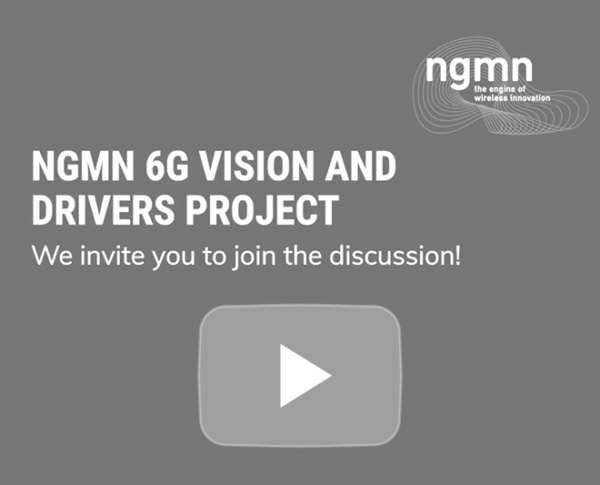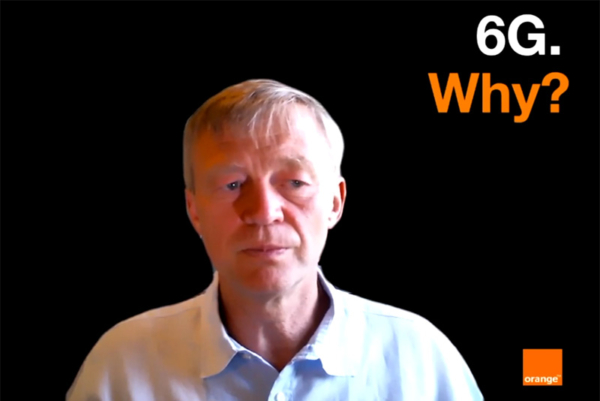NGMN Claims Pole Position in Disaggregation Operating Model, Green Networks and 6G
Frankfurt, Germany: Today, the Next Generation Mobile Networks (NGMN) Alliance announces its new strategy and claims pole position in addressing the key major Operator & Ecosystem challenges in the coming years.
As an operator driven organisation, NGMN is in a unique position to provide value, guidance and leadership to its members and the whole ecosystem in:
- Mastering the route to Disaggregation
- Sustainability / Green Future Networks
- 6G
Anita Doehler, CEO NGMN, says: “Operators are facing challenges on their route to disaggregation, cloudification and softwarization. One burning topic in this area is the design and execution of effective new E2E operating models. Green Future Networks is another highly important topic the industry ecosystem needs to jointly approach. In addition, early work on 6G has started. Therefore, we have streamlined our Work Programme to focus on these three extremely relevant topics to deliver significant impact in 2021 and beyond. At the same time, we remain committed to further support 5G’s full implementation.”
Mastering the Route to Disaggregation
For mastering disaggregated, cloud- and software-based networks, Mobile Network Operators need to start preparing now for future-proof operating models that are built on the orchestration of powerful ecosystems of solution partners, openness and flexibility to integrate new partners and technologies, highly diverse set of skills and capabilities to drive value and efficiency. NGMN’s new Work Programme will thus focus on the end-to-end operating model, considering, amongst other, the following key aspects: processes, technology, tools and skill requirements. NGMN will provide blueprints as well as relevant guidance towards the industry players and lay out roles and opportunities provided by disaggregation. The initiative aims to shorten time to market and to provide support in the selection and deployment of efficient operating models by Mobile Network Operators.
Providing Impactful Guidance for Green Future Networks
The application of various techniques to improve network energy performance is one fundamental objective for Mobile Network Operators since the number of users, connected devices and general usage continue to grow. The ICT network consumes the most energy in the content delivery process and electricity represents our principal source of greenhouse gas emissions. An additional objective is waste reduction, amongst other enabled by the eco-design of products and equipment. To tackle such important topics, this well-established NGMN project focuses on four major aspects: end-to-end services footprint, eco design, network energy efficiency and on-board metering. Consolidating a common view amongst operators and collaborating with equipment vendors and other industry players enables NGMN to provide a significant industry contribution in achieving UN and GSMA sustainability goals. NGMN plans to release frequent impactful guidance on sustainability to the ecosystem.
Driving Successful Implementation of 6G
Work focusing on beyond 5G has already started worldwide. The NGMN Alliance strongly believes that societal and operational requirements need to be considered in the development of a new generation. Operators are in a unique position to engage with end users, including vertical industries as well as user groups representing societal needs. The NGMN Alliance is determined to provide early and timely direction for global 6G activities. Its 6G Work Programme currently focuses on vision and drivers, including societal and operational aspects for 6G. This will be followed by use cases and end-to-end system requirements. Actively engaging with different stakeholders and facilitating multilateral cooperation with the wider ecosystem at the right time will support in developing a meaningful vision and drive a successful implementation of 6G in the future. NGMN plans to publish the first version of its “6G Vision & Drivers” White Paper around the end of Q1 of 2021.
Interested industry players are invited to join NGMN in these important initiatives.



